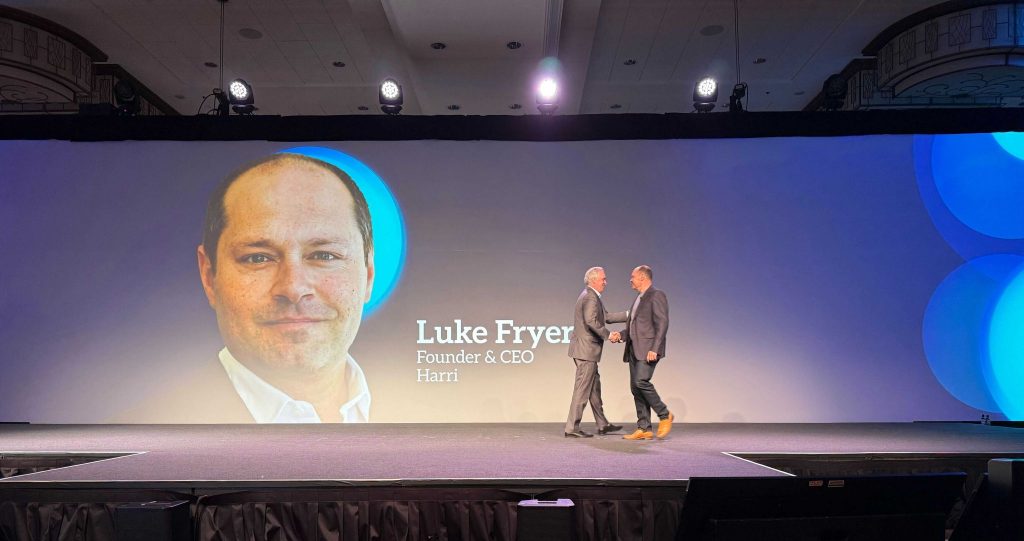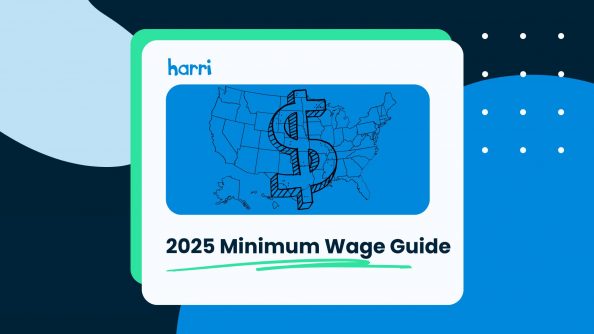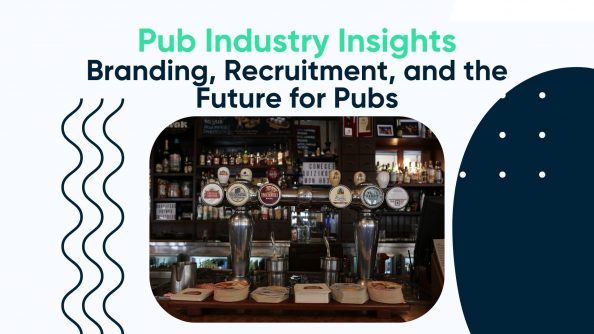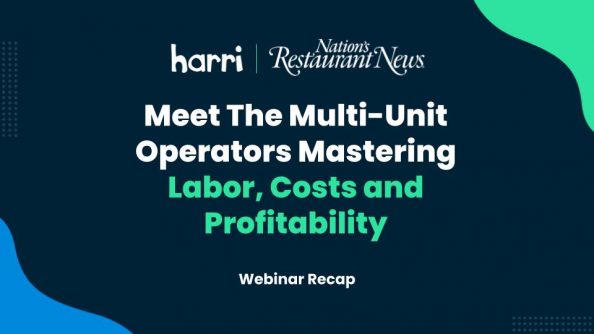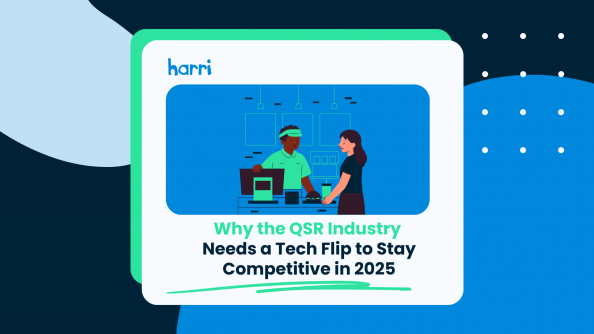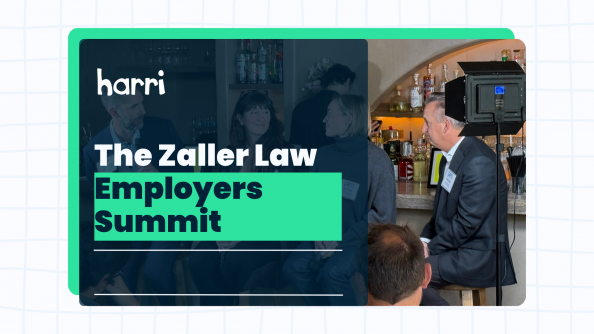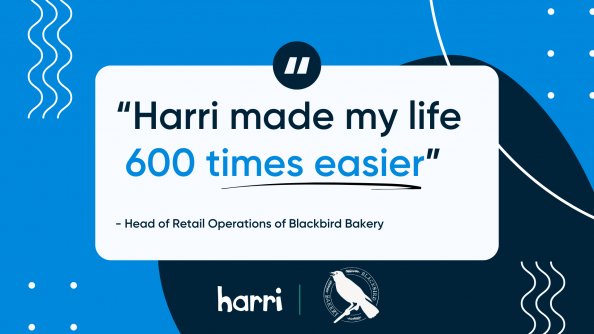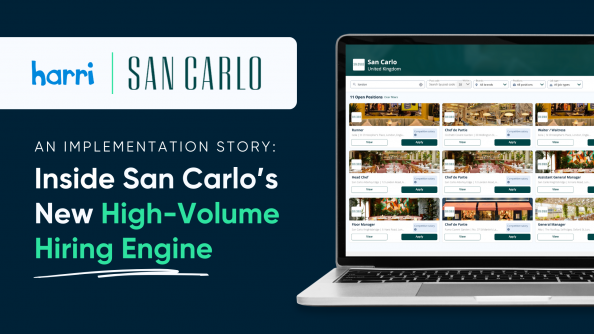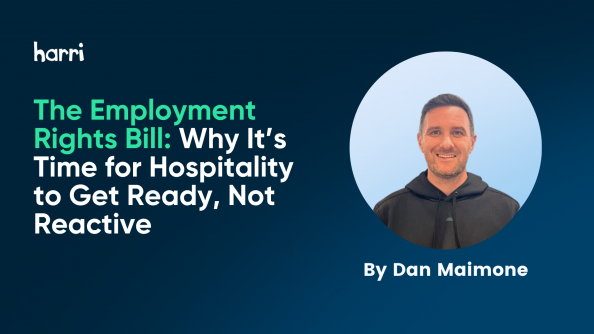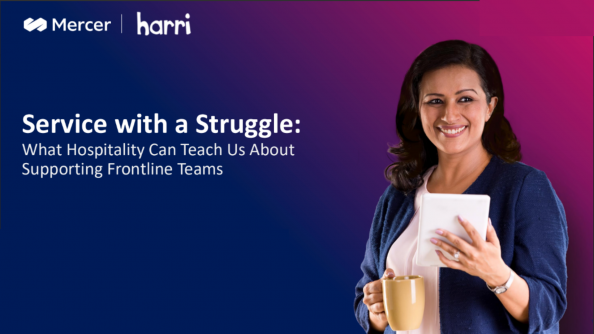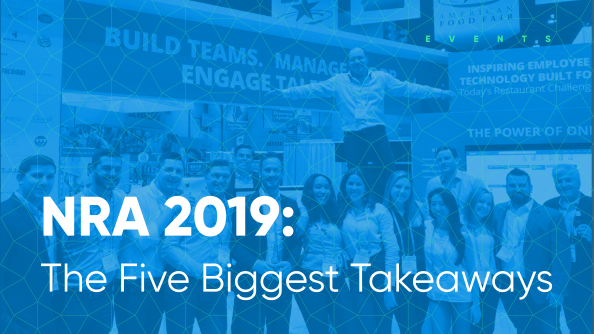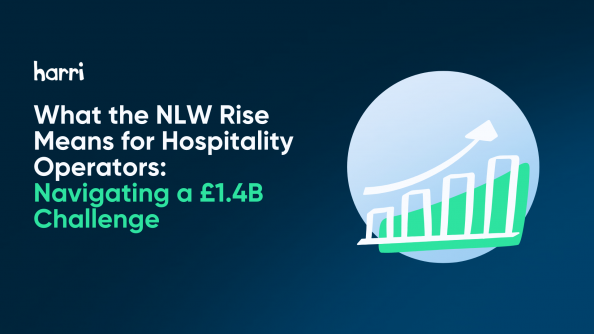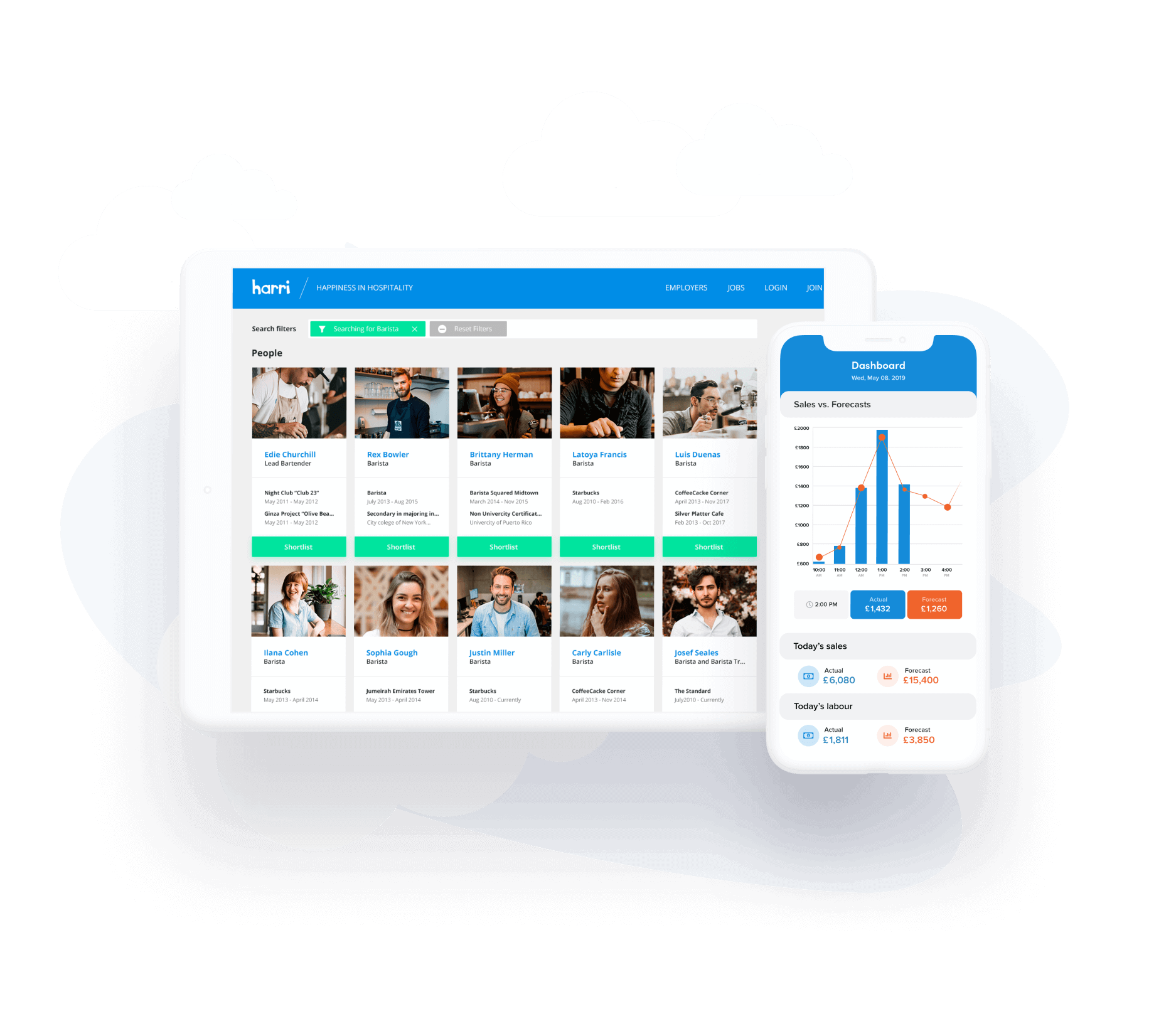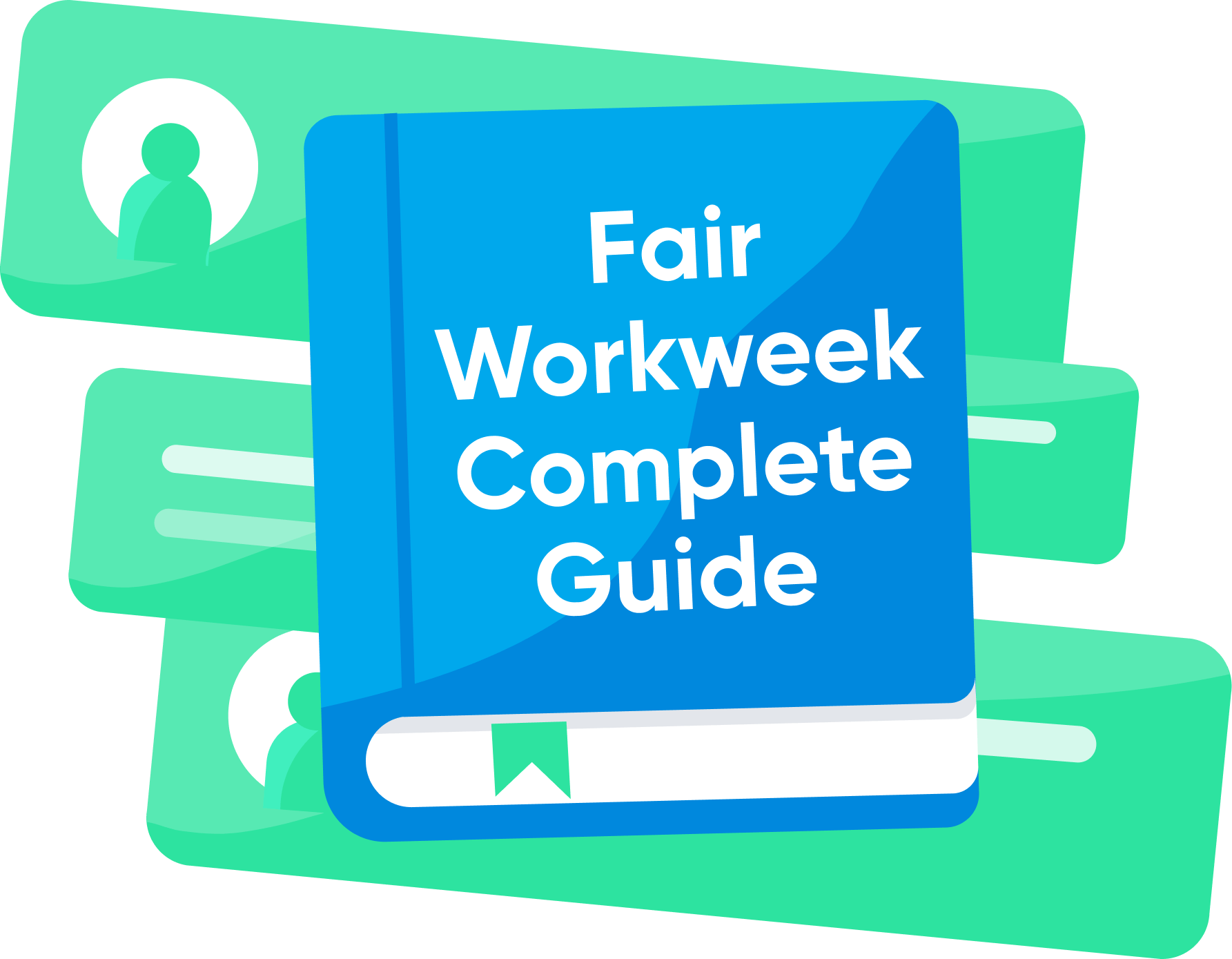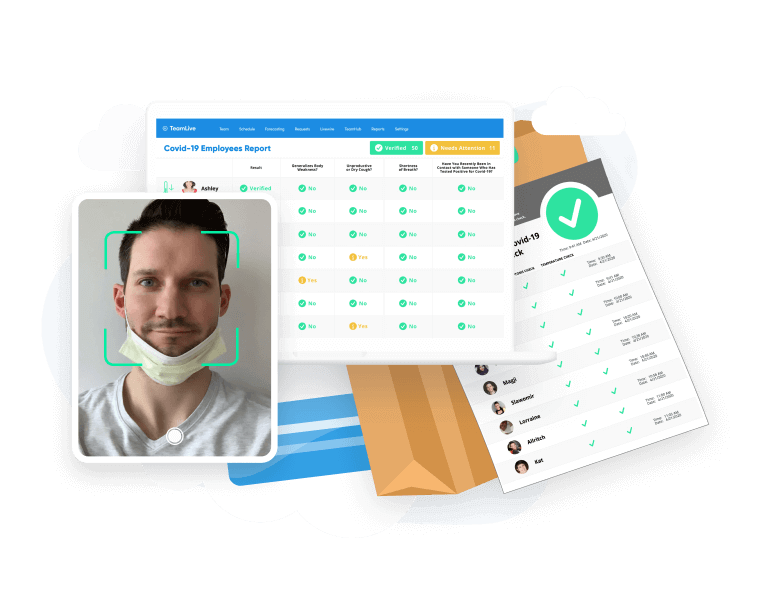How Much Is That Burger?! Why The Restaurant Labor Model Is About to Break
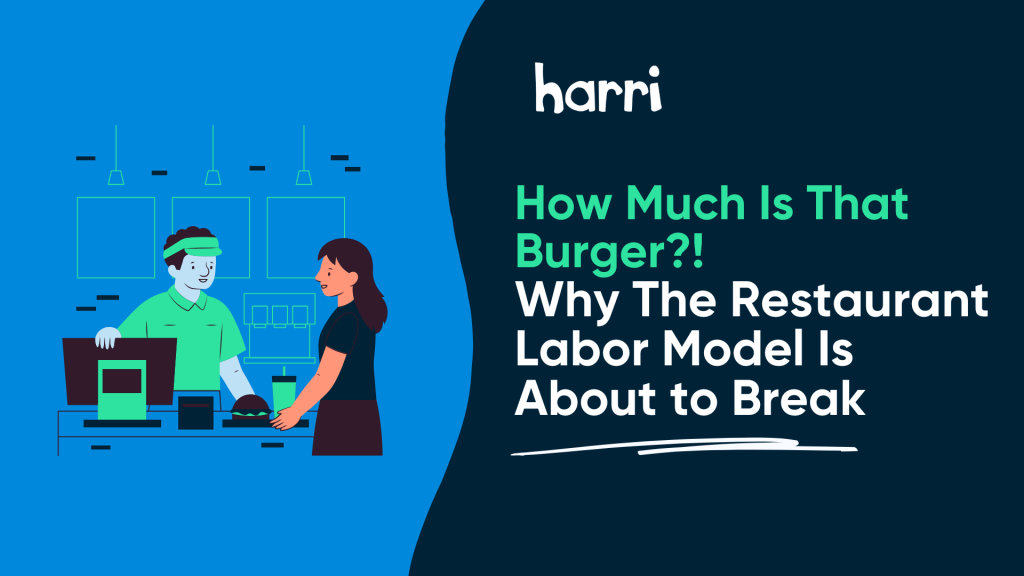
- By Harri Insider Team | June 18, 2025
Written by Luke Fryer, CEO and Founder of Harri
As Americans nationwide grapple with rising prices at the counter or drive-thru, few realize they’re witnessing the potential collapse of a 70-year-old economic model. Every time you order a fast food meal, you participate in a fascinating economic experiment in real-time across thousands of restaurants nationwide.
For most consumers, the frustration is simple: “Why does my lunch cost so much more now?” The answer reveals a profound economic shift that affects everyone, from teenagers working their first job to Wall Street analysts tracking a quick service restaurant (QSR) stock.
As a high schooler growing up in Sydney, Australia, my favorite subjects were business studies and economics. If you knew me then (or now for that matter), you’d understand why more genteel concepts like drama and art class weren’t an option. Witnessing the impact of economic volatility firsthand sparked a lifelong fascination that eventually led me to open my first Burger King at Sydney Airport in 1999.
But nothing in my 25+ years in the restaurant industry prepared me for what we see today.
QSR operators are navigating the most dramatic shift in labor economics since Ray Kroc standardized the modern fast-food model in the 1950s. The math is simple but stark: wage growth is dramatically outpacing both menu price increases and broader inflation, creating an unsustainable pressure on profit margins.
This observation led my team at Harri to develop the Wage & Labor Cost Index, and our findings were shocking.
Why We Decided To Develop the Wage and Labor Cost Index
In my role as a tech CEO working with the biggest restaurant brands and operators on the planet, I have a front row seat to the vast disparity in labor costs across the U.S. restaurant industry. As the second largest employment sector, this analysis has significant real-world implications, especially if you’re a national business with some markets requiring wages approaching $25 per hour to attract talent while others operate under markedly different conditions.
This realization prompted two fundamental questions:
- How significant is the labor cost disparity across the U.S. restaurant industry?
- How do these regional variations impact operational viability and profitability?
To address these questions, we leveraged extensive data encompassing insights from our vast network and conducted in-depth research. We focused on QSR, whose standardized products and operations provide an ideal framework for cross-market comparison.
Traditional economic measures like Purchasing Power Parity (PPP) proved insufficient to capture the nuanced dynamics at play here. This limitation inspired the creation of the Wage & Labor Cost Index – a first-of-its-kind benchmark designed specifically for our industry’s unique challenges.
The 90/38 Problem No One Is Talking About
Here’s the ball of wax breaking traditional QSR economics and affecting your wallet: while a Big Mac’s price varies by only 38% across markets, the wages required to produce it fluctuate by up to 90%.
Think about that. The same burger meal costs $10.65 in Philly but $12.24 in LA, yet the labor cost is nearly three times as variable.
In Denver, market wages ($19.10) are 165% of the average selling price ($11.47). Meanwhile, Philadelphia maintains a much healthier ratio at just 99%. The ideal ratio should be well under 100%, meaning your menu prices should exceed your labor costs. This disparity is creating unprecedented operational pressures in certain markets while others remain relatively stable.
The California Compression Effect
According to CNBC, even before California’s $20 minimum wage took effect, 22% of the state’s restaurant workers were already earning that rate. But when the new mandate kicked in, something surprising happened: the gap between the minimum wage and the typical market wage shrank significantly. This “compression effect” reveals that while overall wages rose, employers reduced the premium they had been paying above minimum wage, cutting it from $3–$4 to a much narrower margin.
Even if you’re not in California, this pattern is coming to your local drive-thru or counter. As minimum wages rise across the country, the wage premiums that operators once used for differentiation are compressing, forcing a fundamental rethinking of talent strategy.
The Philadelphia Paradox
Philadelphia presents the most fascinating case study in our research. Despite having the nation’s lowest wages ($7.25, the federal minimum), market forces have driven restaurant operators to offer significantly higher wages. In fact, the average market wage in Philadelphia is $11.92, a whopping 164.40% of the minimum wage.
Yet Philadelphia operators maintain healthy price-to-wage ratios of 94.60%, among the most balanced in our study. This demonstrates the diminishing relevance of statutory minimums in determining actual labor costs.
What Philadelphia operators understand is that market forces, even more than regulatory pressures, are the true drivers of labor costs. Forward-thinking operators everywhere are shifting focus from minimum wage compliance to comprehensive market rate analysis.
Breaking the Old Playbook: Three Moves That Work
For consumers wondering why their favorite burger joint suddenly closed or why the service quality at their local fast-food restaurant has declined, the answer lies in how operators respond to these new economics. While some in the industry are still using traditional methods, the operators who are successfully navigating this new landscape share three common approaches:
- They’ve abandoned national pricing models. The emergence of distinct regional patterns in wage-to-price ratios – from the West Coast’s 136-152% to the East Coast’s 110-119% – demands market-specific approaches. Top performers develop region-specific KPIs and tailor their labor deployment strategies to reflect local market conditions.
- They’re expanding beyond wages. With wage premiums compressing, leading operators are developing comprehensive talent packages that include enhanced career development paths, performance-based incentives, and non-wage benefits.
- They’re actively optimizing their labor models. Markets like Philadelphia and Las Vegas achieving optimal wage-to-price balance showcase the power of sophisticated data analytics in wage and pricing optimization. Real-time analytics, predictive staffing models, and targeted automation strategies are becoming essential tools, particularly in high-pressure markets.
This Isn't Your Father's Fast Food Business
The QSR industry faces a moment of reckoning, and the consequences will hit operators and Americans in the wallet.
The stakes couldn’t be higher for the 13 million Americans who work in restaurants and the 60% of Americans who eat fast food weekly.
The operators who will thrive in this new environment recognize that we can’t solve today’s labor challenges with yesterday’s operational playbook. It requires a fundamentally new approach to pricing, wages, and operating models.
This is the most significant shift I’ve witnessed in my career in the restaurant industry. But with challenge comes opportunity for those willing to adapt.

